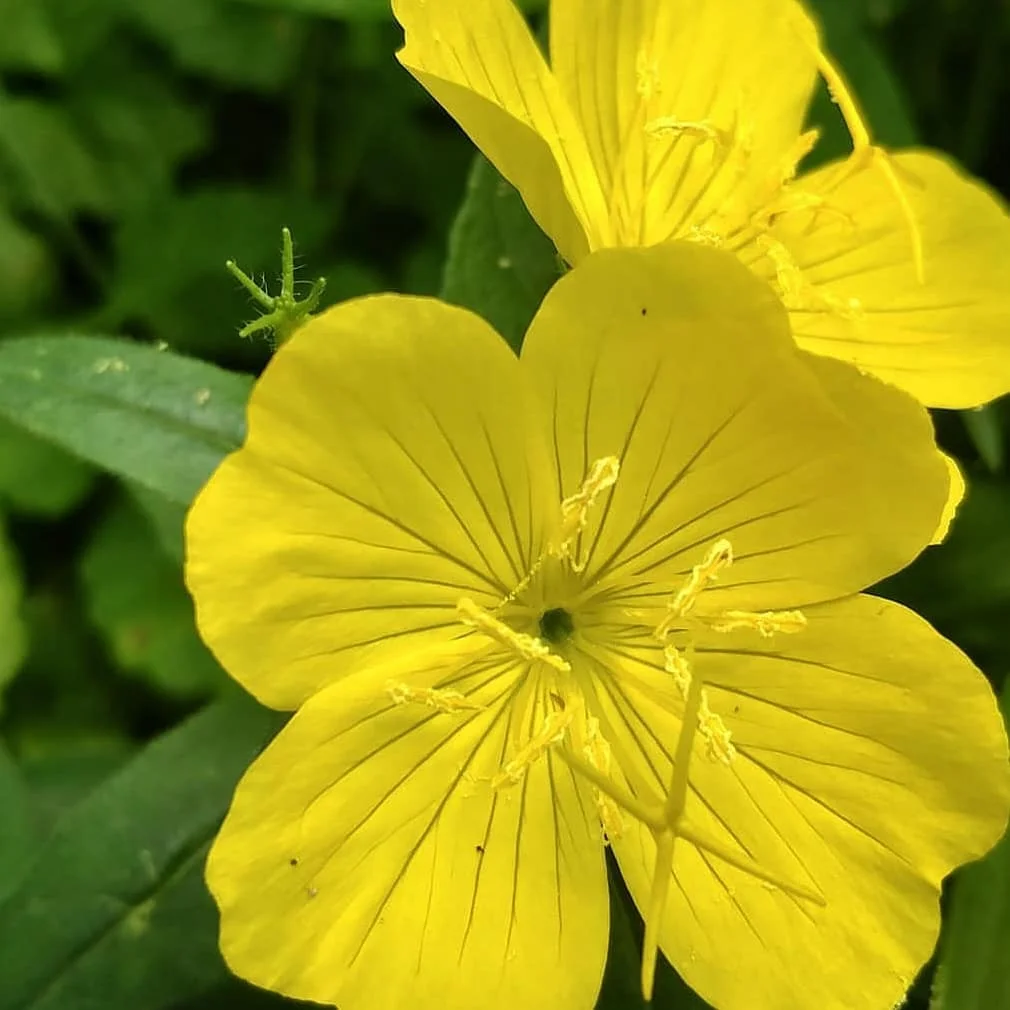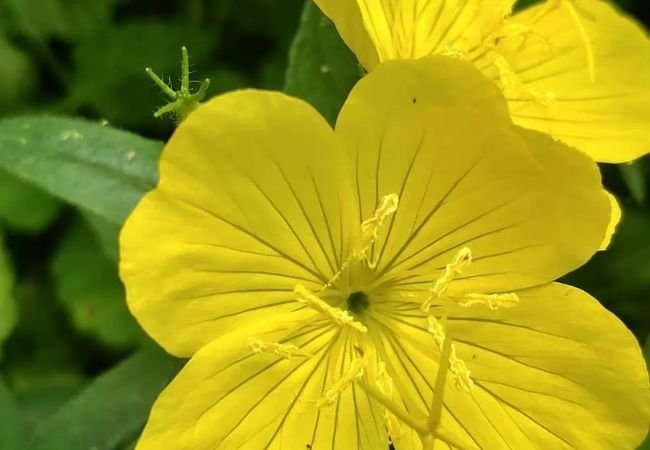Discover how to grow Evening Primrose in your garden. This guide covers planting, care and tips for cultivating these unique yellow flowers that bloom in the evening across various US regions.
Have you ever seen a flower that opens as the sun goes down? That’s the Evening Primrose for you! These beautiful yellow blooms can add a touch of magic to your garden. Let’s explore how you can grow and enjoy these unique flowers.
Here’s an easy and verified information chart for Evening Primrose:
| Category | Information |
|---|---|
| Botanical Name | Oenothera spp. |
| Common Name | Evening Primrose |
| Plant Zone | Zones 4-8 |
| Sun Exposure | Full sun to part shade |
| Soil Type | Well-drained soil |
| Watering | Moderate; drought tolerant once established |
| Growth Habit | Herbaceous perennial |
| Height/Spread | Varies by species; typically 1-4 feet (0.3-1.2 meters) tall, spreads 1-2 feet (0.3-0.6 meters) wide |
| Special Features | Large, fragrant flowers that open in the evening; attracts pollinators; some species have medicinal uses |
What is Evening Primrose?

Evening Primrose (Oenothera biennis) is a wildflower native to North America. It gets its name because its flowers open in the evening and close by the next morning. These plants have bright yellow flowers and can grow quite tall.
For a detailed botanical description, check out the USDA Natural Resources Conservation Service plant guide.
Why Grow Evening Primrose?
- Beautiful yellow flowers that bloom in the evening
- Attracts night-time pollinators like moths
- Easy to grow and low-maintenance
- Has medicinal and culinary uses
How to Plant Evening Primrose
When to Plant
Plant Evening Primrose seeds in spring after the last frost. To find out when that is in your area, use the USDA Plant Hardiness Zone Map.
Where to Plant
Evening Primrose likes full sun to partial shade. Choose a spot that gets at least 6 hours of sunlight daily.
Soil
These plants aren’t picky about soil but prefer it well-draining. They can tolerate poor soil conditions. Learn more about soil types from the University of Minnesota Extension.
Planting Steps
- Scatter seeds on the surface of the soil
- Lightly press them into the soil, but don’t cover them
- Keep the soil moist until germination
Caring for Your Evening Primrose
Water
Water young plants regularly. Once established, Evening Primrose is drought-tolerant.
Fertilizer
These plants don’t need much fertilizer. If your soil is very poor, you can add some compost in spring.
Pruning
Deadhead spent flowers to encourage more blooming. Cut back the whole plant after flowering if you want to control its spread.
Winter Care
Evening Primrose is hardy in most of the USA. In very cold areas, you can cover the plant base with mulch for winter protection.
Common Problems and Solutions
- Powdery Mildew: This fungal disease can appear in humid conditions. The University of California Integrated Pest Management Program offers advice on managing powdery mildew.
- Aphids: These tiny pests can damage plants. Learn how to control them from the Colorado State University Extension.
- Self-Seeding: Evening Primrose can spread easily. Remove unwanted seedlings to control its growth.
Interesting Facts About Evening Primrose
- The flowers open so quickly in the evening that you can actually see them unfurl
- Native Americans used Evening Primrose for food and medicine
- Evening Primrose oil is used in many health supplements
Growing Evening Primrose in Different Regions
Evening Primrose can be grown in most parts of the USA:
- In warmer regions (like the South), it might benefit from some afternoon shade
- In colder areas (like the Northeast), it will die back in winter but return in spring
- In dry regions (like parts of the West), it might need more frequent watering
For region-specific gardening advice, check out the Cooperative Extension System website.
Using Evening Primrose in Your Garden
- In wildflower gardens
- As a background plant in perennial borders
- In moon gardens (gardens designed to be enjoyed in the evening)
- For naturalizing in meadow areas
For more information on designing with native plants, visit the Lady Bird Johnson Wildflower Center website.
Evening Primrose is a delightful addition to any garden. Its cheerful yellow flowers and evening blooming habit make it a unique and interesting plant. Why not add some of these sunset blooms to your garden this year?
For more gardening tips and plant care guides, visit usagardenhub.com.







One comment on “Evening Primrose : The Sunset Bloom in Your Garden”